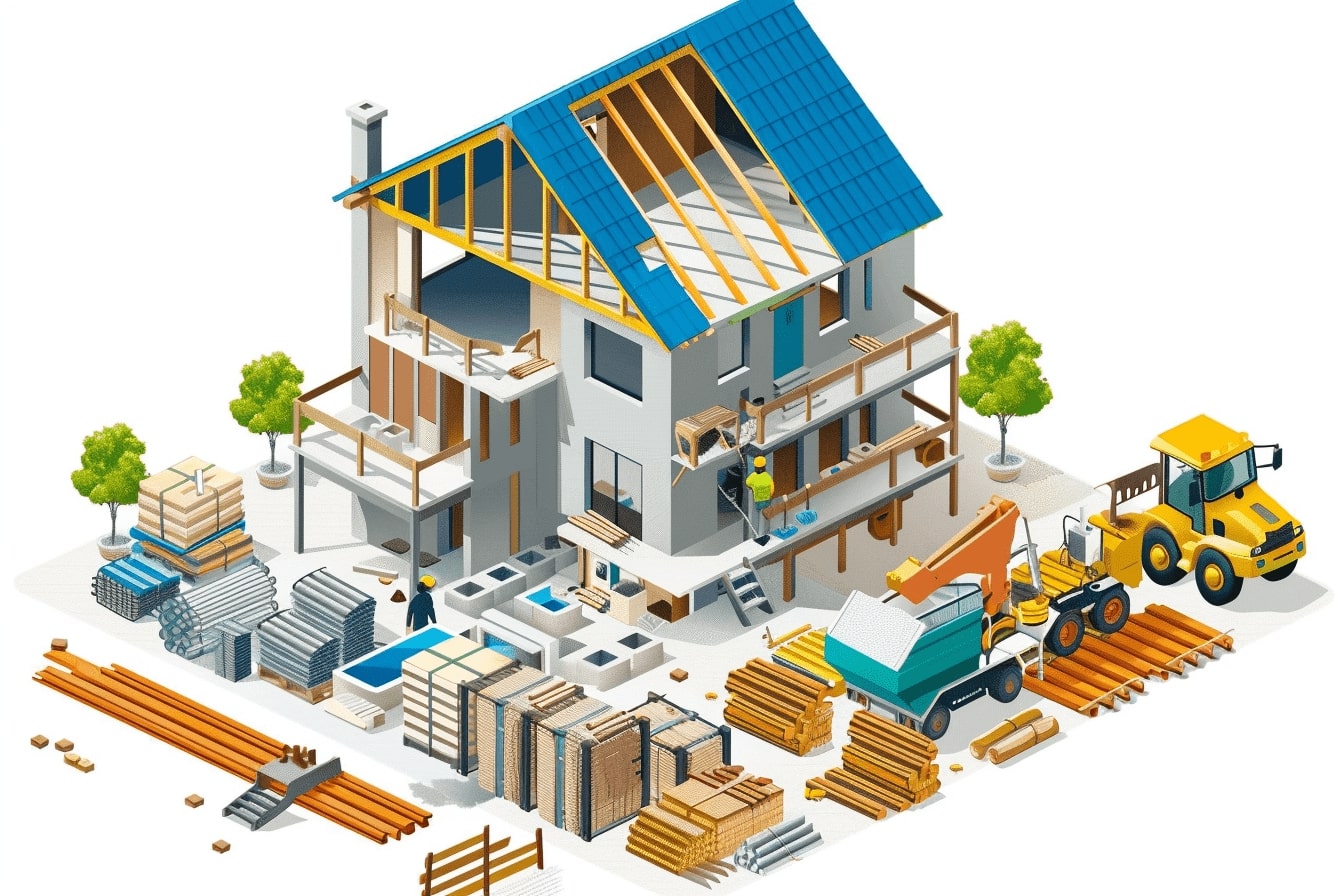- Home
- Articles
- Architectural Portfolio
- Architectral Presentation
- Inspirational Stories
- Architecture News
- Visualization
- BIM Industry
- Facade Design
- Parametric Design
- Career
- Landscape Architecture
- Construction
- Artificial Intelligence
- Sketching
- Design Softwares
- Diagrams
- Writing
- Architectural Tips
- Sustainability
- Courses
- Concept
- Technology
- History & Heritage
- Future of Architecture
- Guides & How-To
- Art & Culture
- Projects
- Interior Design
- Competitions
- Jobs
- Store
- Tools
- More
- Home
- Articles
- Architectural Portfolio
- Architectral Presentation
- Inspirational Stories
- Architecture News
- Visualization
- BIM Industry
- Facade Design
- Parametric Design
- Career
- Landscape Architecture
- Construction
- Artificial Intelligence
- Sketching
- Design Softwares
- Diagrams
- Writing
- Architectural Tips
- Sustainability
- Courses
- Concept
- Technology
- History & Heritage
- Future of Architecture
- Guides & How-To
- Art & Culture
- Projects
- Interior Design
- Competitions
- Jobs
- Store
- Tools
- More
USA Construction Innovations: Cutting-Edge Building Materials and Tech Advancements

In recent years, the construction industry in the USA has seen a surge of innovations in both building materials and technology. From sustainable materials that reduce our carbon footprint to advanced tech that streamlines project management, these advancements are revolutionizing how we build.
We’re witnessing a shift towards smarter, more efficient construction methods. Innovations like 3D printing, modular construction, and smart buildings are not just buzzwords—they’re transforming our skylines and making our structures more resilient and eco-friendly. Let’s dive into how these cutting-edge developments are shaping the future of construction in the USA.
Table of Contents
ToggleOverview of USA Construction Innovations
The construction industry in the USA is undergoing rapid transformation with groundbreaking innovations in building materials and technologies, including the use of reliable JD parts that enhance machinery performance. These advancements make construction more efficient, eco-friendly, and resilient. These materials are being estimated using cutting edge software provided by contractor estimating services to ensure accurate budgeting and efficient resource allocation.
New Building Materials
Responsive Concrete: Engineers developed concrete that self-heals. Microcapsules containing healing agents repair cracks upon exposure to air and water. This increases durability and reduces maintenance costs.
Cross-Laminated Timber (CLT): CLT, made from layered wood panels, offers sustainability and high structural strength. It’s used in multi-story buildings for reduced carbon footprints.
Graphene Composites: Adding graphene to traditional materials like concrete or asphalt enhances strength and durability. Structures become stronger and more wear-resistant.

Emerging Technologies
3D Printing: 3D printing creates complex structures layer by layer with minimal waste. It’s used for residential housing, reducing construction time and material costs.
Modular Construction: Prefabricating sections of buildings off-site for quicker and more efficient on-site assembly. This method reduces labor costs and construction time.
Smart Buildings: Smart buildings integrate IoT devices for automation and energy efficiency. HVAC systems, lighting, and security systems are optimized in real time for energy savings and occupant comfort.
Impact of Advanced Materials on Construction
Advanced materials are revolutionizing construction by enhancing sustainability, efficiency, strength, and durability in the USA.
Sustainability and Efficiency
Innovative materials like recycled concrete aggregate (RCA) and bio-based plastics improve sustainability by reducing waste. RCA uses demolished concrete in new builds, minimizing landfill use. Bio-based plastics from renewable sources lower carbon footprints in applications such as insulation and paneling. Our projects also benefit from phase change materials (PCMs) that regulate indoor temperatures, decreasing energy consumption through improved thermal storage.
Strength and Durability
Superior materials ensure robust and long-lasting structures. Ultra-high-performance concrete (UHPC) offers greater compressive strength and flexibility than traditional concrete, ideal for high-load environments like bridges. Fiber-reinforced polymers (FRPs) provide excellent corrosion resistance and increased tensile strength for infrastructure applications. In our coastal constructions, we observe enhanced durability using marine-grade alloys, which prevent deterioration due to saltwater exposure. These advancements in materials greatly extend the lifespan and reliability of modern buildings.

Technological Advancements in Construction
Technological progress in construction is reshaping the industry. Innovations like automation, robotics, and information modeling are setting new standards.
Automation and Robotics
Automation and robotics are significantly enhancing construction efficiency. Advanced robots can perform repetitive tasks such as bricklaying and welding with high precision. Drones oversee project sites, providing real-time data that improves project management. Autonomous machinery, including excavators and loaders, reduces the need for manual labor and minimizes errors.
Information Modeling and Data Analytics
Information modeling and data analytics offer unprecedented insights into construction projects. Building Information Modeling (BIM) facilitates detailed project planning by creating accurate 3D models of structures. Data analytics tools analyze project data to optimize timelines, costs, and resource allocation. Integrated platforms enable seamless collaboration among architects, engineers, and contractors, ensuring project coherence.
Technological advancements in construction pave the way for smarter, more efficient, and safer building practices in the USA.
Future Trends in Construction Technology
Future trends in construction technology point to increased integration of advanced tools and methods. We’ll explore two key areas shaping the future: Smart Buildings and IoT, and Eco-Friendly Practices.

Smart Buildings and IoT
The adoption of smart buildings and the Internet of Things (IoT) will revolutionize the construction industry. Smart buildings utilize IoT to enhance energy efficiency, comfort, and security. Sensors monitor lighting, temperature, and security systems, allowing real-time adjustments that reduce energy consumption and improve safety. For example, occupancy sensors adjust lighting and climate control based on room usage, optimizing energy use. According to the U.S. Department of Energy, smart building solutions can reduce energy consumption by up to 30%.
Predictive maintenance is another advantage. IoT devices track equipment performance, alerting maintenance teams to potential failures before they occur. This data-driven approach cuts costs and minimizes downtime.
Eco-Friendly Practices
Eco-friendly practices are gaining traction in response to climate change and resource scarcity. Sustainable materials, like recycled concrete aggregate and bio-based plastics, are becoming more prevalent. Recycled concrete aggregate, for example, reduces the need for virgin materials and decreases waste.
Green building certifications like LEED (Leadership in Energy and Environmental Design) are promoting eco-friendly practices. LEED-certified buildings use less water, energy, and other resources, lowering operational costs and environmental impact. According to the U.S. Green Building Council, LEED-certified buildings have 34% lower CO2 emissions.
Renewable energy integration is also on the rise. Solar panels, wind turbines, and geothermal systems are increasingly part of building designs, supplying clean energy and reducing reliance on fossil fuels. This trend supports the U.S. government’s goal of achieving net-zero emissions by 2050.
In considering these future trends, we see the convergence of technology and sustainability driving the construction industry forward.

Conclusion
Innovations in building materials and technology in the USA are reshaping the construction landscape. By embracing advanced materials like responsive concrete and cross-laminated timber, we enhance both sustainability and structural integrity. The integration of graphene composites demonstrates significant potential to revolutionize various applications within the industry.
Technological advancements such as automation and robotics boost efficiency and safety on construction sites. With the adoption of Building Information Modeling (BIM), project accuracy and collaboration have improved considerably.
Future trends focus on Smart Buildings and IoT integration. By optimizing energy consumption and enabling predictive maintenance, these technologies bring enhanced functionality and performance to modern constructions. Eco-friendly practices, including sustainable materials and renewable energy sources, address climate change and resource scarcity challenges.
This convergence of cutting-edge technology and sustainable practices propels the USA’s construction industry into a more efficient, resilient, and environmentally responsible future.
Trained as an architect and seasoned in the editorial trenches, I turn raw design concepts into compelling narratives that resonate beyond studio walls. My work spans in-depth project spotlights, interviews with visionary designers, and analysis pieces that distill complex technical data into accessible insights. Whether polishing copy for publication or generating original features, I draw on years of practice to ensure every sentence captures architecture’s rigor, poetry, and cultural impact—inviting professionals and enthusiasts alike to see the built environment through a sharper, more inspired lens.
Submit your architectural projects
Follow these steps for submission your project. Submission FormLatest Posts
Tips for Using Runners to Transform Hallways and Spaces
Hallways work hard. They handle daily foot traffic, muddy shoes, and the...
Essential Architecture Tools in 2026: Software, AI, and Physical Equipment
Architecture in 2026 demands more than design talent alone. From BIM and...
Light of Tomorrow by VELUX 2026
This competition encourages architects to design visionary spaces where natural light drives...
Top 10 Online Platforms to Find Apartments for Rent in San Antonio
San Antonio, Texas, with its vibrant culture, historical landmarks, and strong job...











Leave a comment